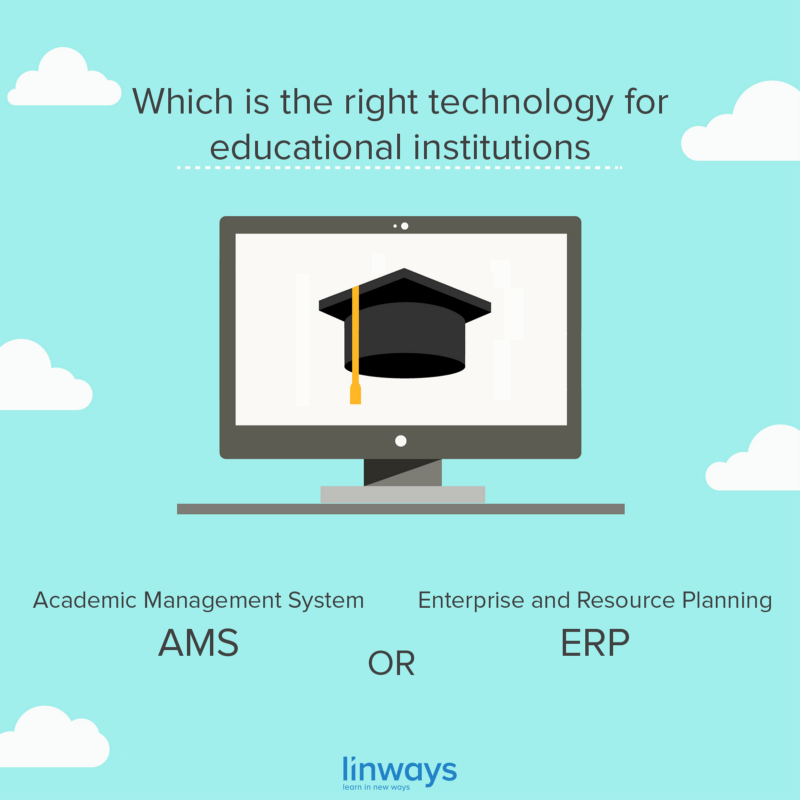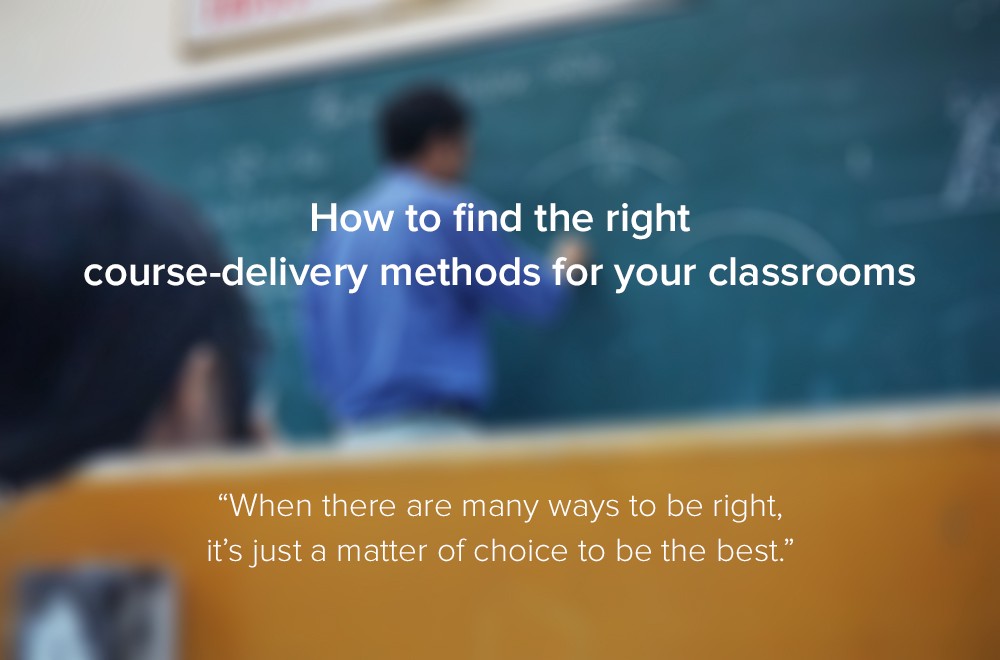
Student Centered Learning (SCL)
Have you ever attended a lecture and saw people leaving right in the middle of it??
Ever wondered why…
Well it’s no mystery. People leave lectures because they are not interested, not engaged, or maybe because they felt like they aren’t going to get anything out of it.
Now think of the students who are meant to spend those long hours in the classrooms without being told why they are learning the subject, or how is this going to be useful for them.
They might be bored? They may feel like they are not challenged? They may find it uninteresting?
Well they actually might.
Go on teachers; ask yourselves this: Are your students interested in attending your class? Would they still do it if they didn’t had to?
And be honest, though the answer may be brutal.
And nobody is to blame for this. Teachers has to complete the topics within the short period of time, and make sure that the students pass the exams.
Then there are some students, well they just might not be interested. What to do..
All they have is this style which worked for them, and many others in the past. And it might be safe to presume that this is an issue most of us have thought of (if not decided to act).
But there has been theories and experiments upon this for decades.
And from what we have learned from interacting with teachers, and institutions and students on a regular basis, the Student Centered Learning (SCL) approach might be the one that actually get to solve this once and for all.
Student Centered Learning (SCL), a.k.a the learner centered approach, is a theory of education held high by several prominent educationalists as a successful alternative in contrast with the traditional approaches.
“Student-centered instruction [SCI] is an instructional approach in which students influence the content, activities, materials, and pace of learning. This learning model places the student (learner) in the center of the learning process. The instructor provides students with opportunities to learn independently and from one another and coaches them in the skills they need to do so effectively. The SCI approach includes such techniques as substituting active learning experiences for lectures, assigning open-ended problems and problems requiring critical or creative thinking that cannot be solved by following text examples, involving students in simulations and role plays, and using self-paced and/or cooperative (team-based) learning. Properly implemented SCI can lead to increased motivation to learn, greater retention of knowledge, deeper understanding, and more positive attitudes towards the subject being taught.”
It sounds good doesn’t it?
Believe us. It is.
And we have some interesting thoughts to share with you on this.
So keep up..
First of all, students have the same need for curriculum to be presented in a context that’s meaningful to them.
They want to understand and correlate on how they can confidently apply the skills they learn in a meaningful way to their lives outside of school. Children deserves to know what they gain and what they will be able to do with their education. Knowing WHY they learn helps the students to contribute more and motivates them to take efforts to reach the goal. (check out our blog on creating course outcomes and program outcomes and mapping them)
Just like the lecture issue we mentioned above, the key to interest lies in engagement.
As the classroom get engaged, learning starts to become fun. Solving open-ended problems and deriving solutions to scenarios applying what they learn helps to build curiosity and interest. Also, the training they go through while observing and solving problems on their own prepares them to tackle the real life situations with the practical know-how as the truly education intends.
( Click here to see the different mechanisms for evaluate progress and effectiveness of course/program )
And getting to know what the students wants to learn is the major emphasis of SCL. involve the students while designing the course plans and setting the goals (desired outcomes), will give you insights on what they think they should learn and where their interests lie. This will also gives the students a feeling of respect they long for, which they will pay back.
(To know more about the outcome based education, take a look at our blog: Continues evaluation something to think about. )

The SCL is not a theory anymore. Several institutions are using this concept already and the results are amazing!
A research university in Hong Kong sought to promote student-centered learning across the entire university by employing the following methods:
- Analysis of good practice by award-winning teachers, in all faculties, to show how they made use of active forms of student learning.
- Subsequent use of the analysis to promote wider use of good practice.
- A compulsory teacher training course for new junior teachers, which encouraged student-centered learning.
- Projects funded through teaching development grants, of which 16 were concerned with the introduction of active learning experiences.
- A program-level quality enhancement initiative which utilized a student survey to identify strengths and potential areas for improvement.
- Development of a model of a broadly based teaching and learning environment influencing the development of generic capabilities to provide evidence of the need for an interactive learning environment.
- The introduction of program reviews as a quality assurance measure.
And the success of this initiative was evaluated by surveying the students. After just two years, the mean ratings indicating the students’ perception of the quality of the teaching and learning environment at the university all rose significantly.
This study is, out of many, examining the process of implementing student-centered pedagogies in large institutions of higher education.
Students shape the future. And for the future we must shape the students.
And if you think change equals unstable,
Remember; the cavemen were once afraid of fire.




